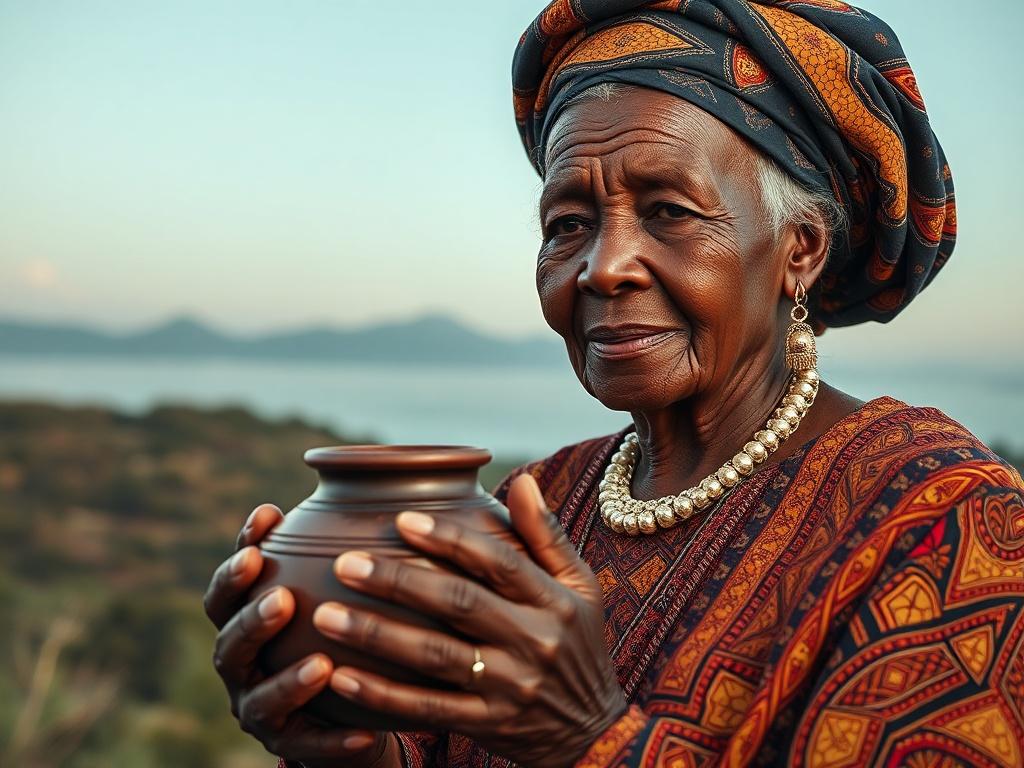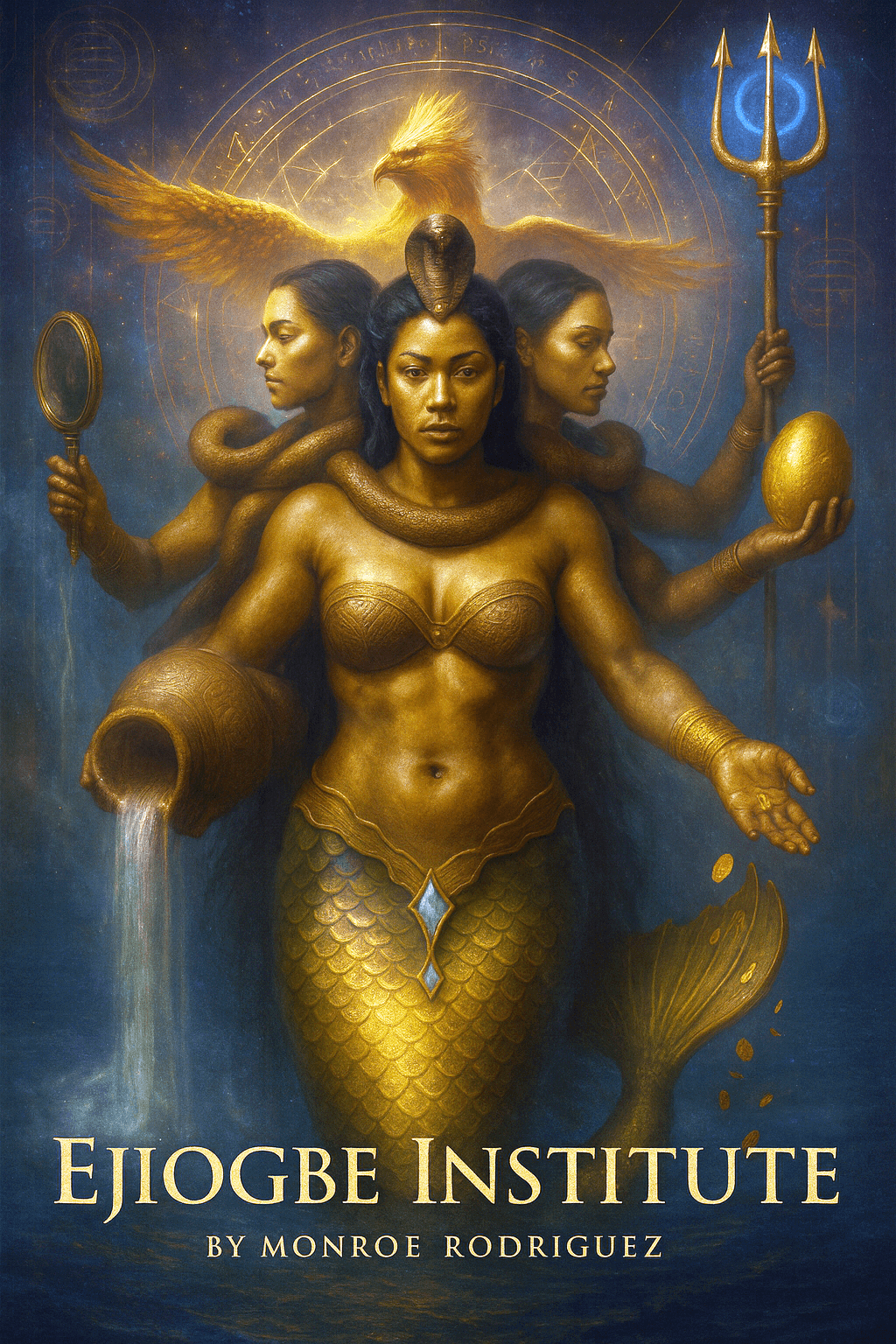
Metaverse Vs Traditional Archives: Which Is Better for Preserving African Heritage?
The wisdom of our ancestors stands at a crossroads. As we witness the rapid digitization of human knowledge, communities across Africa face a profound question: How do we best safeguard the sacred stories, traditional practices, and ancestral voices that define our heritage? The answer lies in understanding two powerful approaches: traditional archives and the emerging metaverse: each offering unique pathways to preserve what matters most.
The Foundation: Understanding Traditional Archives
Traditional archives have served as the guardians of human memory for centuries. These physical repositories house manuscripts, artifacts, photographs, and documents that connect us to our roots. For African heritage, traditional archives represent more than storage: they embody respect for tangible connections to ancestral wisdom.
The Strengths of Time-Tested Methods
Physical preservation offers undeniable authenticity. When elders touch original documents or view ancestral artifacts, they experience genuine connections that digital representations cannot fully replicate. Traditional archives have proven their resilience, with some African manuscripts surviving hundreds of years despite challenging climates and political upheavals.
These repositories follow established conservation protocols, ensuring that precious materials receive professional care. Librarians and archivists understand the specific needs of different materials: from ancient scrolls to traditional textiles: applying time-tested preservation techniques that protect heritage for future generations.
The Limitations We Must Acknowledge
However, traditional archives face significant challenges in our interconnected world. Physical locations restrict access, often limiting heritage exploration to scholars, researchers, and those who can travel to specific institutions. Many African diaspora communities cannot easily access the archives containing their ancestral stories.
Static displays struggle to capture the dynamic essence of African heritage. Traditional dances, oral storytelling techniques, and ceremonial practices lose their vitality when reduced to photographs or written descriptions. The living, breathing nature of African culture requires preservation methods that honor its inherent movement and energy.
The Metaverse Revolution: Digital Worlds Meet Ancient Wisdom
The metaverse represents a transformative approach to heritage preservation, creating immersive digital environments where ancestral voices can speak across time and space. This technology enables communities to experience heritage in ways that traditional methods cannot achieve.
Unprecedented Preservation Capabilities
Virtual reality and artificial intelligence technologies can capture both tangible artifacts and intangible cultural practices with remarkable precision. Traditional dances can be preserved through motion capture, allowing future generations to learn authentic movements from virtual masters. Sacred ceremonies can be documented in 360-degree environments, preserving not just the visual elements but the spatial relationships and atmospheric details that make these practices meaningful.
The metaverse bridges geographical barriers, connecting diaspora communities with their ancestral heritage. A grandmother in Lagos can share traditional recipes with her grandchildren in London through immersive cooking experiences. Sacred sites that might be difficult to visit can be explored virtually, maintaining their spiritual significance while ensuring accessibility.
Challenges in Digital Preservation
Yet the metaverse approach faces its own obstacles. The digital divide across Africa means many communities lack access to the advanced technologies required for full participation. Technical expertise and high implementation costs can exclude the very communities whose heritage needs preservation.
Technological obsolescence poses a significant risk: will today's digital formats be accessible in fifty years? The rapid pace of technological change creates uncertainty about long-term preservation, a concern that traditional archives don't face to the same degree.
The Comparative Landscape: Weighing Our Options
When we examine these approaches side by side, distinct patterns emerge that can guide our preservation strategies.
Accessibility and Reach
The metaverse excels in democratizing access to heritage. Virtual platforms can reach global audiences instantly, breaking down the geographical barriers that limit traditional archives. However, this advantage depends heavily on technological infrastructure and digital literacy levels within communities.
Traditional archives, while geographically limited, offer guaranteed access that doesn't depend on internet connectivity or sophisticated devices. They provide stable, reliable access points for communities with limited digital resources.
Preservation Scope and Depth
Traditional archives excel at preserving tangible heritage: physical artifacts, documents, and objects that carry historical significance. These items provide authentic touchpoints with the past that digital representations cannot fully replicate.
The metaverse shines in preserving intangible heritage: the practices, performances, and traditions that make African culture vibrant and living. Interactive experiences can capture the full context of cultural practices, including spatial relationships, atmospheric elements, and participatory aspects that static archives cannot convey.
Educational and Community Impact
Immersive metaverse experiences offer unparalleled educational potential. Students can participate in traditional ceremonies, learn directly from virtual elders, and experience historical contexts in ways that textbooks cannot provide. This approach can revitalize interest in cultural practices among younger generations.
Traditional archives support deep research and scholarly work, providing the authentic materials necessary for rigorous historical study. They serve as authoritative sources that scholars and communities trust for accurate historical information.
Real-World Applications: Where Each Approach Excels
Understanding when to choose each method requires examining specific preservation needs and community goals.
When the Metaverse Serves Best
Communities seeking to revitalize endangered cultural practices find the metaverse particularly powerful. Interactive experiences can teach traditional crafts, preserve storytelling techniques, and maintain ceremonial knowledge in ways that engage younger generations.
Global diaspora communities benefit enormously from metaverse applications. Virtual cultural centers can connect people with their heritage regardless of physical location, fostering cultural continuity across continents.
When Traditional Archives Remain Essential
Unique physical artifacts: ancient manuscripts, traditional tools, ceremonial objects: require authentic preservation that only traditional archives can provide. These items serve as primary sources for historical research and maintain irreplaceable connections to ancestral craftsmanship.
Communities with limited technological infrastructure may find traditional archives more sustainable and accessible. Physical preservation doesn't depend on ongoing technological maintenance or specialized expertise.
The Wisdom of Integration: A Hybrid Approach
The most effective preservation strategy often combines both approaches, leveraging the strengths of each while mitigating their individual limitations. Traditional archives can serve as authoritative sources and backup preservation, while metaverse applications democratize access and create engaging educational experiences.
This hybrid model allows communities to maintain authentic physical collections while expanding their reach through digital innovation. Physical artifacts remain safe in controlled environments, while their digital twins become available for global exploration and education.
Building Collaborative Frameworks
Successful heritage preservation requires collaboration between technology developers, traditional archivists, and community elders. Each group brings essential expertise: technical innovation, preservation science, and cultural authenticity: that ensures comprehensive and respectful heritage maintenance.
Community-owned digital libraries represent a promising middle ground, where communities maintain control over their heritage while benefiting from technological capabilities. These platforms can integrate traditional archival standards with innovative digital presentation methods.
Making the Choice: Guidance for Communities
Communities embarking on heritage preservation journeys should consider their specific circumstances, resources, and goals when choosing between these approaches.
Assess Your Resources
Evaluate your community's technological infrastructure, digital literacy levels, and available funding. Communities with strong technological foundations may find metaverse applications more feasible, while those with limited digital access might prioritize traditional preservation methods.
Define Your Goals
Consider whether your primary objective is long-term preservation, educational outreach, community engagement, or global accessibility. Different goals favor different approaches, and understanding your priorities helps guide decision-making.
Consider Your Heritage Type
Tangible heritage: artifacts, documents, physical objects: often requires traditional preservation methods to maintain authenticity. Intangible heritage: practices, performances, oral traditions: may benefit more from immersive digital preservation that captures their dynamic nature.
The path forward lies not in choosing sides but in recognizing that our ancestral wisdom deserves preservation through every available means. Whether through the proven reliability of traditional archives or the innovative possibilities of the metaverse, our sacred stories, traditions, and voices must continue inspiring future generations. The choice is not between old and new, but between different tools that serve the same fundamental purpose: ensuring that the wisdom of our ancestors remains alive, accessible, and honored for generations to come.
At Ejiogbe Voices, we understand that preserving African heritage requires both respect for tradition and embrace of innovation. The future of heritage preservation lies in thoughtful integration of these approaches, ensuring that every voice is heard and every story endures.
